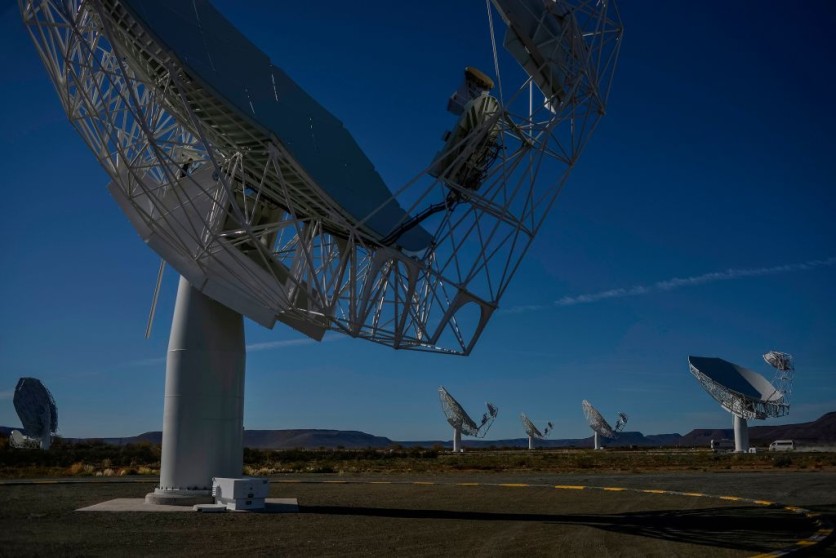For the first time, astronomers have combined 64 radio telescope dishes to detect faint signatures of neutral hydrogen gas across cosmological scales.

The team of international astronomers at the University of Western Cape used the MeerKAT telescope, a precursor to the SKA Observatory. A main goal for the SKAO is to gain an understanding of the evolution and content of the universe along with the mechanisms that drive its accelerating expansion.
To achieve this, astronomers should observe the structure of the universe on the largest scales. On these scales, the entire galaxies will be considered as single points, and an analysis of their distribution, which will reveal information on the nature of gravity, dark matter, and dark energy.
Radio telescopes are useful for this because they have the ability to detect radiation at wavelengths of 21cm that is generated by neutral hydrogen. By analyzing the 3D maps of the hydrogen, astronomers will be able to identify the total distribution of matter in the universe.
The MeerKAT and SKAO operate as interferometers, but they will not be sensitive enough to the largest scales to study the universe. Therefore, the astronomers use the collection of 64 individual telescopes that will let them map the huge volumes of sky necessary for cosmology.
Indeed, it's an ambitious project that involves a lot of institutions across four continents. A team that includes astronomers in Manchester has presented the first-ever cosmological detection with a single-dish technique. This shows that the MeerKAT telescope can detect large-scale cosmic structures.
This is the first that this detection has been made with the use of multi-dish array opening as individual telescopes. With this, astronomers are elated as this may result in a more advanced understanding of the universe.
It is exciting to look at this project and just imagine how far the MeerKAT and, ultimately, the SKAO will be able to see. The record of everything in the universe will be discovered, and this will change our understanding of the cosmos.
Also Read: Two Giant Radio Galaxies 62 Times Larger Than the Milky Way Discovered by MeerKat Telescope
The Evolution of the Universe
To date, we have obtained a fairly detailed understanding of the evolution of the universe from the Big Bang to the present day.
But cosmologists would like to understand the very early history of the universe, back to the first seconds of the Big Bang when the universe was filled with a dense, hot, primordial plasma. To get any insight into the nature of this period in cosmic history, astronomers had to rely on the study of the fluctuations in the cosmic microwave background.
The microwave background is a relic of the Big Bang itself, which was the origin of the universe about billion years ago. No telescope can observe the universe directly in microwave light, but it can be inferred by averaging over the light from all parts of the sky.
Related Article: SKAO Approves Construction of Largest Networks of Radio Telescopes in 2 Countries--But the Starlink Project Could Be a Threat
This article is owned by TechTimes
Written by April Fowell
ⓒ 2025 TECHTIMES.com All rights reserved. Do not reproduce without permission.




